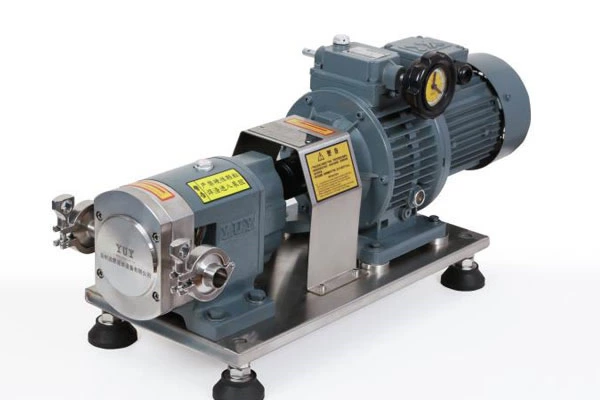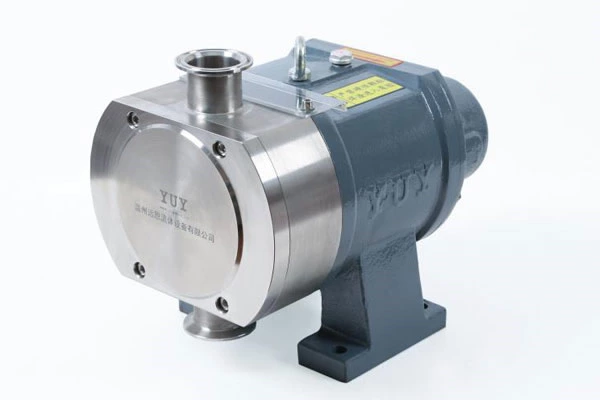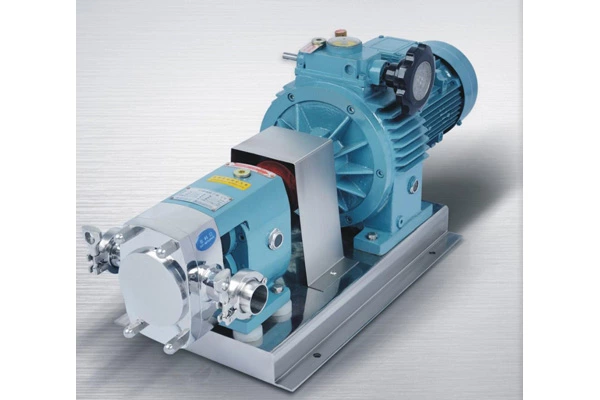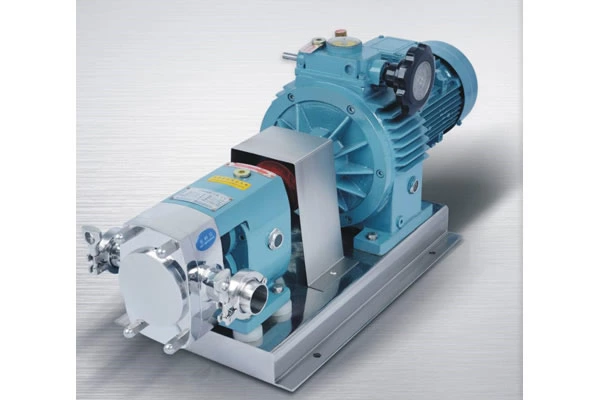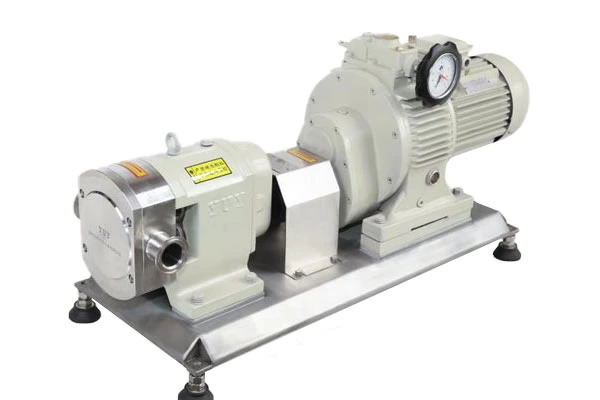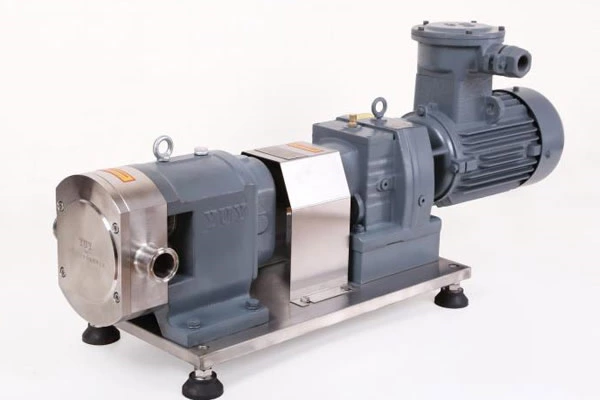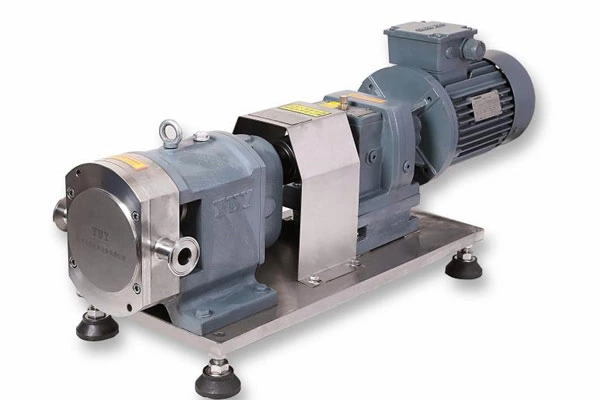Methods To Improve Feasibility Of Sanitary Rotary Vane Pumps
Sanitary Rotary Lobe Pump is mainly used to transport liquids containing solid particle suspension or fibrous suspension in industrial processes, domestic sewage, industrial wastewater, etc., such as pumping sewage, mud, pulp, ash, grain starch, fish, shrimp and shellfish. It is widely used in municipal, environmental protection, sewage treatment, petroleum, water conservancy, metallurgy and other industries. The non-clogging pump has a special shape and complex flow. It is a hot research topic and a new product developed at home and abroad in recent years.
In the design of sanitary rotary vane pumps, efforts are made to improve reliability and increase service life. The bearing body adopts an upper and lower center-open structure, and the pump body adopts a front and rear door structure for easy repair and maintenance. The impeller is subjected to dynamic and static balance tests and has good balance performance. The back blades are set on the back of the impeller to reduce leakage and prevent blockage, and a reasonable sealing structure is adopted. For slurry pumps with higher head, the axial force can be balanced by opening a balance hole on the impeller to ensure that the slurry pump can operate safely and reliably.
When disassembling and assembling the mechanical seal of the sanitary rotary vane pump, the dynamic and static rings should be cleaned and a small amount of clean lubricating oil should be applied to the friction surface. Both the high-pressure end and the low-pressure end should be taken into consideration. No bumping is allowed. When installing the static ring gland, the force should be uniform to prevent the pressure deviation. Check with a feeler gauge that the deviation of the upper, lower, left and right positions is no more than 0.05mm; check the matching clearance between the gland and the outer diameter of the shaft. The clearance should be uniform around and the allowable deviation of each point should not exceed 0.1ram. The radial runout of the pump shaft at the mechanical seal of the water pump should not exceed 0.05mm. Before putting the pump cover and the sealing end cover together, the installation positioning dimensions of the mechanical seal should be carefully reviewed. If the positioning dimensions do not meet the requirements, the steel pad can be used to adjust between the shaft sleeves, but the steel pad should be of high precision and the thickness difference should not exceed 0.01mm. The radial runout of the mechanical seal sleeve and the end face runout of the sealing surface should meet the requirements.
For the mechanical seal that has been in operation, if the gland is loose and the sealing surface moves, the dynamic and static ring parts must be replaced and should never be re-tightened for continued use. Because after such loosening, the original motion trajectory of the friction pair will change, and the sealing performance of the contact surface will easily be damaged.
